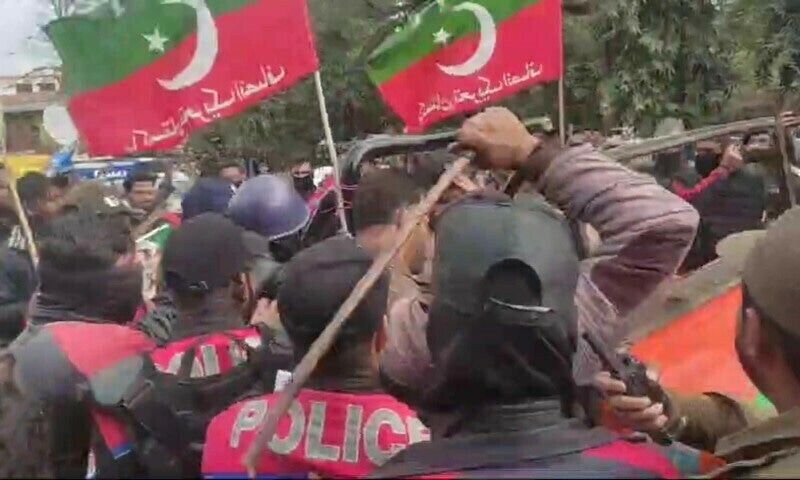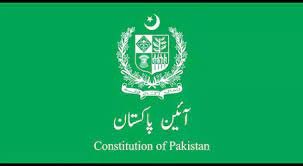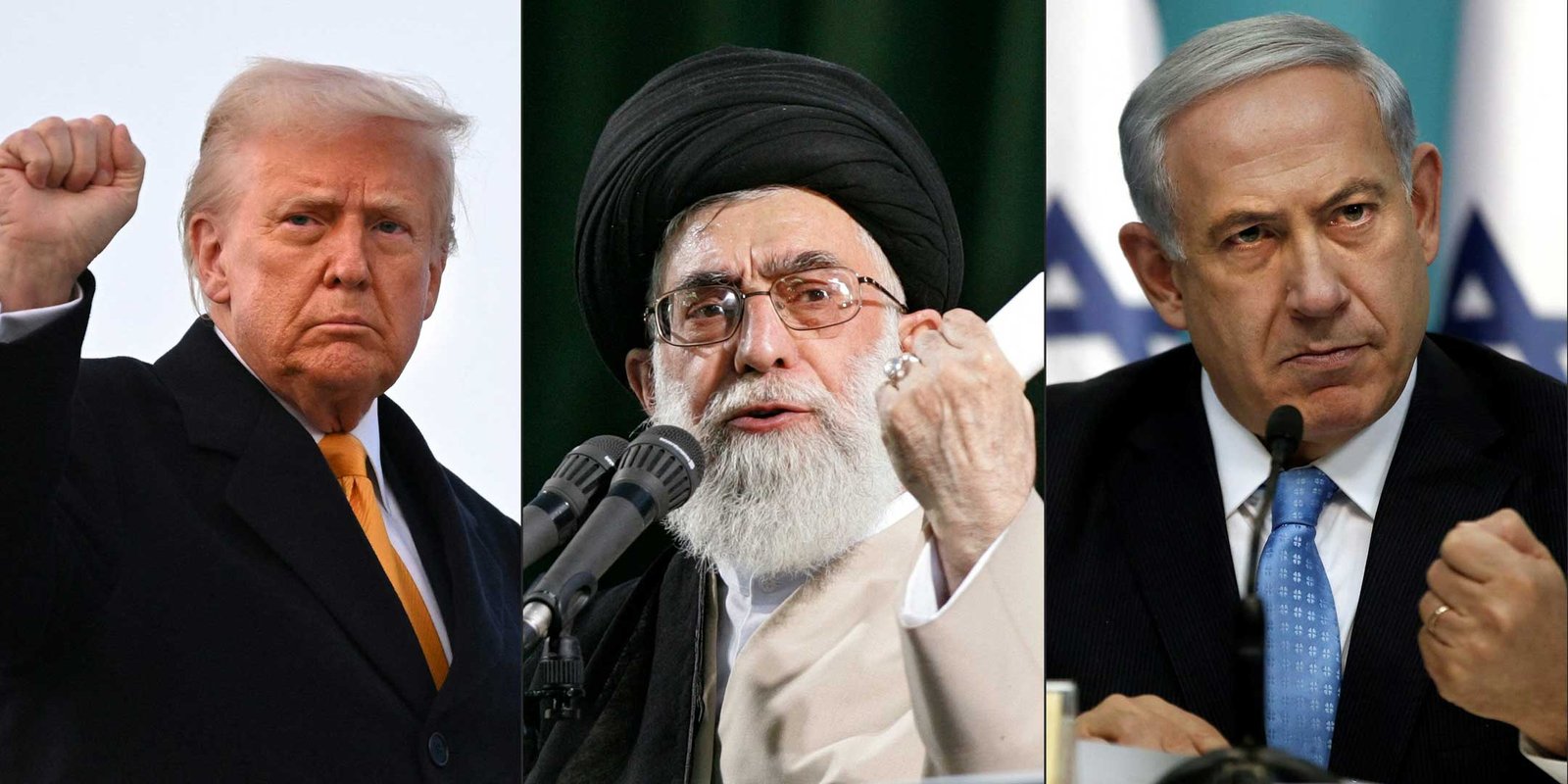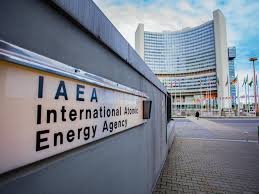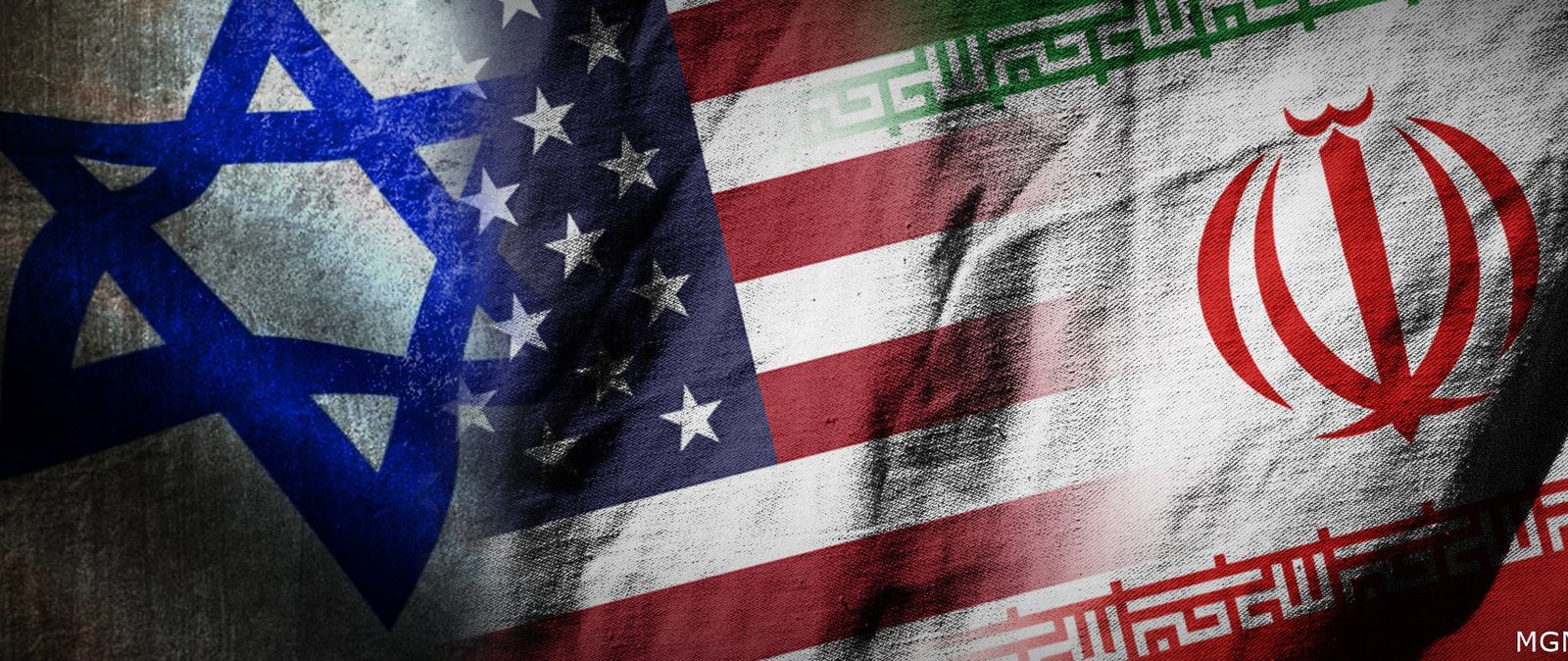Editorial
Today’s PTI protests against alleged election rigging highlighted a strategic focus on Punjab, Karachi, Hyderabad, Islamabad, and Balochistan, where they claim discrepancies between Form 45 and Form 47 (crucial election documents). While Rawalpindi witnessed a successful protest with strong leadership figures like Sher Afzal Marwat and Seemabia Tahir, Lahore faced limitations. Despite some resistance, PTI couldn’t assemble at the GPO due to a strong police presence and Section 144 imposed by the Deputy Commissioner. Karachi, Hyderabad, and other parts of Sindh saw moderate success, with PTI gathering a few thousand protestors in different regions of Punjab.
Despite some successes, the protests cannot be deemed entirely successful. Large-scale protests against rigging typically require hundreds of thousands of participants to showcase public discontent and pressure authorities for a transparent investigation. According to nationwide surveys by the Republic Policy Organization, PTI is Pakistan’s most popular political party. Therefore, they must organize their party to translate their popularity into vigorous agitation and protest. They should hold inter-party elections down to the union council level. This fosters strong second and third-tier leadership, crucial for effective party organization.
Strategic Planning is also critical: They should develop a well-defined agitation plan that outlines protest strategies. This plan should consider a shift towards sit-ins and long marches to maximize impact. Therefore, a multi-pronged approach is needed: PTI should recognize the potential limitations of relying solely on the outcomes of returning officers, the Election Commission of Pakistan, tribunals, and courts for resolving rigging claims. Rather, they must develop a multi-pronged strategy that leverages street power, legal battles, and other tactics to challenge the government they believe stole the mandate.
PTI’s success hinges on a well-organized approach with strong second and third-tier leadership. By implementing these recommendations, PTI can strengthen its position and achieve its goals. However, navigating the challenging landscape of alleged rigging will require a strategic and multi-faceted approach. Lastly, their top-, second-, and third-tier leadership must deliver on courage, consistency, accuracy, and capacity to meet the aspirations of their voters and supporters.
Please, subscribe to the YouTube channel of republicpolicy.com



